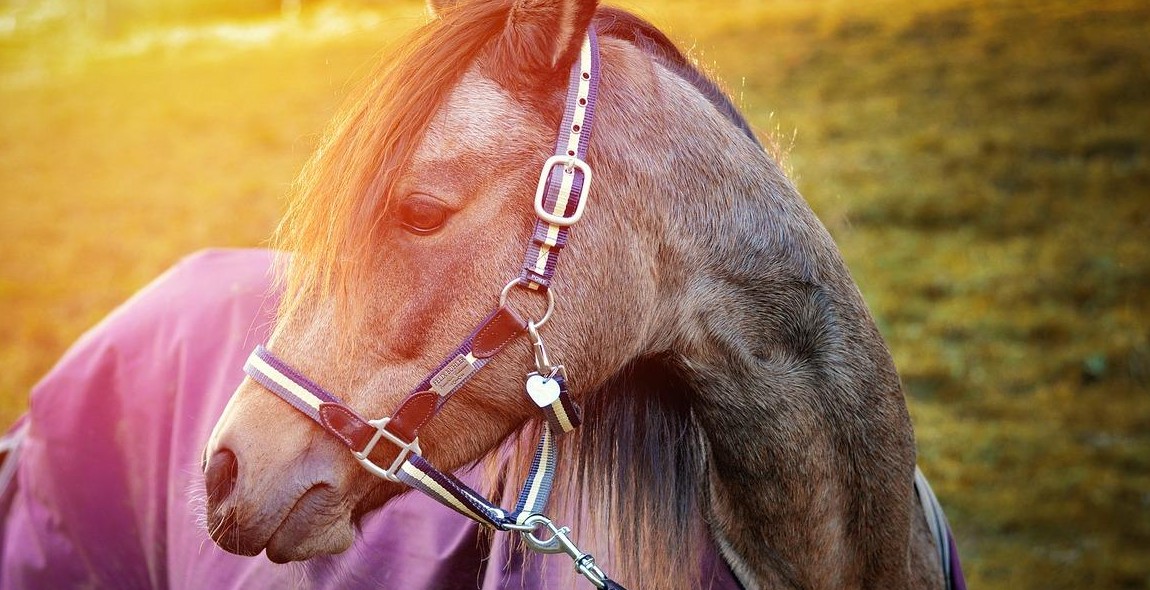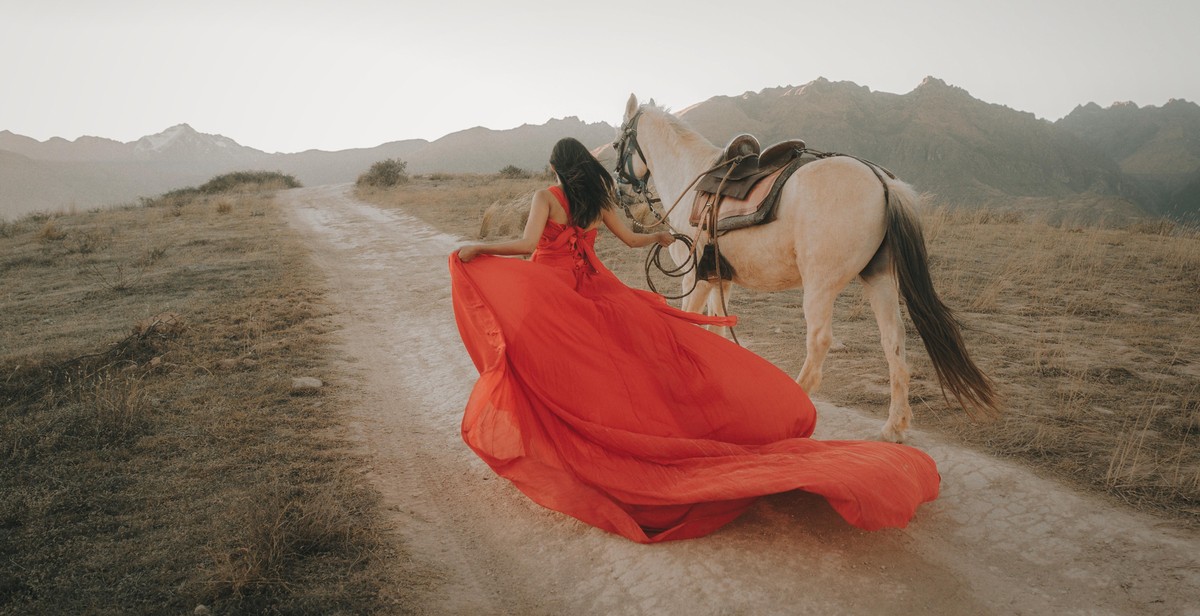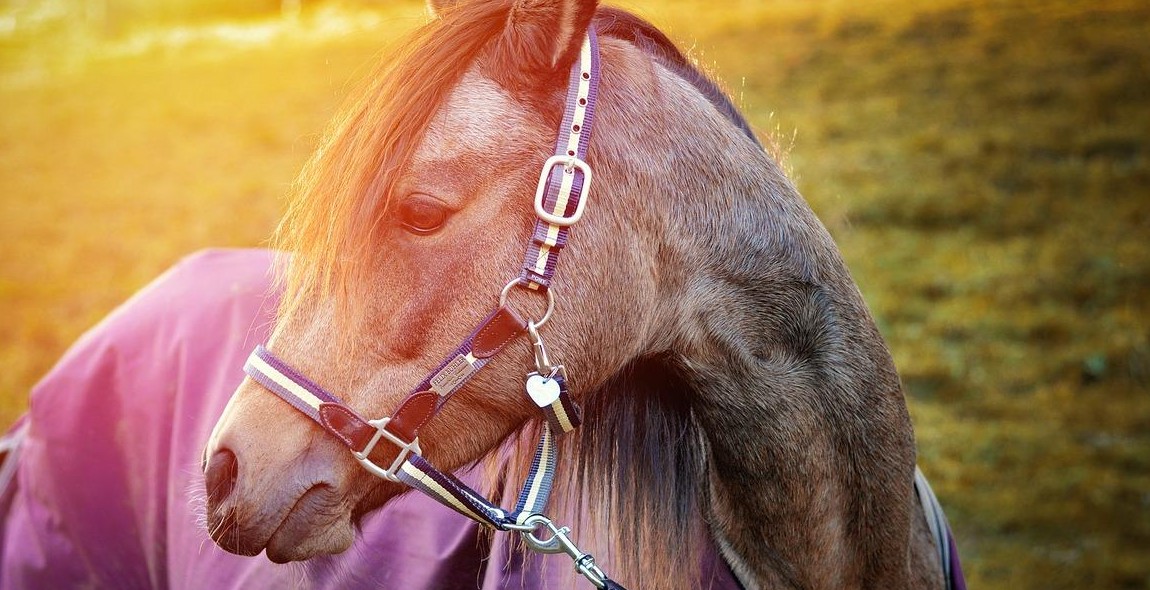How to Select the Right Horse Blanket: Factors to Consider for Choosing the Appropriate Blanket
Horse owners, trainers, and riders understand the importance of keeping their equine partners comfortable and protected, especially during the cold winter months. A horse blanket is a necessary accessory for any horse owner. However, with so many options available on the market, choosing the right horse blanket can be overwhelming.
Factors to Consider for Choosing the Appropriate Blanket
Before buying a horse blanket, there are several factors to consider. Firstly, the blanket must fit the horse properly. A well-fitting blanket will not only provide comfort but also prevent rubs and sores. Secondly, the weight of the blanket should match the climate and the horse’s activity level. A heavyweight blanket may cause discomfort and overheating, while a lightweight blanket may not provide enough warmth.
Other factors to consider include the blanket’s material, durability, and waterproofing ability. Additionally, the blanket’s style and design should match the horse’s needs and preferences.
Conclusion
Choosing the right horse blanket is crucial for the horse’s comfort and well-being. By considering the factors mentioned above, horse owners can make informed decisions and select the appropriate blanket for their equine partner.

Why Do Horses Need Blankets?
Blanketing horses is a common practice among horse owners, especially during the colder months. But why do horses need blankets? Here are some reasons:
1. Protection from the Elements
Just like humans, horses can also feel cold, especially during the winter season. Blankets provide warmth and insulation to horses, helping them maintain their body temperature. Moreover, blankets also protect horses from rain, snow, and wind, which can cause them to get sick or develop respiratory problems.
2. Maintain Coat Health
Blanketing horses can also help maintain the health of their coat. When horses are exposed to extreme weather conditions, their coats may become damaged or matted, making it harder for them to regulate their body temperature. Blankets can help prevent this from happening, keeping the coat healthy and shiny.
3. Prevent Weight Loss
During the winter season, horses may require more energy to maintain their body temperature. If they don’t get enough energy from their food, they may start losing weight, which can be harmful to their health. Blankets can help horses conserve energy by keeping them warm, reducing the amount of energy they need to maintain their body temperature.
4. Reduce Stress
Blanketing horses can also reduce their stress levels. Horses that are exposed to extreme weather conditions may become anxious or nervous, which can affect their behavior and overall health. Blankets can provide a sense of security and comfort to horses, reducing their stress levels and improving their well-being.
5. Manage Health Conditions
Finally, blankets can also help manage certain health conditions in horses. For example, horses with arthritis may benefit from blankets that provide extra warmth and support to their joints. Horses with respiratory problems may also benefit from blankets that protect them from cold air and wind.
Overall, blankets play an important role in the health and well-being of horses. By providing warmth, protection, and comfort, blankets can help horses maintain their health and happiness, especially during the colder months.

Factors to Consider When Choosing a Horse Blanket
Choosing the right horse blanket is crucial for your horse’s comfort and well-being. There are several factors to consider when selecting an appropriate horse blanket:
Size and Fit
The size and fit of the horse blanket are critical factors to consider. The blanket should fit your horse well and not be too tight or too loose. If the blanket is too tight, it can cause discomfort and restrict movement, while if it’s too loose, it can slip off and cause injury. When measuring your horse for a blanket, measure from the center of the chest to the tail. This measurement will give you the correct size of the blanket to purchase.
Material
The material of the horse blanket is another crucial factor to consider. The most common materials used to make horse blankets are nylon, polyester, and wool. Nylon and polyester are lightweight and durable, making them an excellent choice for warmer weather conditions. Wool is an excellent insulator and is ideal for colder weather conditions. When selecting a material, consider the climate and weather conditions in your area.
Weight and Warmth
The weight and warmth of the horse blanket are also essential factors to consider. The weight of the blanket should be appropriate for the weather conditions. A heavy blanket is suitable for cold weather conditions, while a lightweight blanket is ideal for warmer weather conditions. The warmth of the blanket is determined by the fill material. A blanket with a higher fill power will provide more warmth than a blanket with a lower fill power.
Weather Conditions
The weather conditions in your area should also be considered when selecting a horse blanket. If you live in an area with harsh winters, you will need a heavy blanket with a high fill power to keep your horse warm. If you live in an area with mild winters, a lightweight blanket with a lower fill power will be sufficient. Additionally, if you live in an area with a lot of rain, consider purchasing a waterproof blanket to keep your horse dry.
| Material | Characteristics |
|---|---|
| Nylon | Lightweight and durable |
| Polyester | Lightweight and durable |
| Wool | Excellent insulator |
By considering the factors outlined above, you can select the right horse blanket for your horse. A properly fitted and appropriate horse blanket will keep your horse comfortable and healthy throughout the year.
Types of Horse Blankets
When it comes to selecting the right horse blanket, there are several types to consider. Each type serves a specific purpose and is designed to keep your horse comfortable and protected in different weather conditions.
Turnout Blankets
Turnout blankets are designed for outdoor use and are meant to protect your horse from harsh weather conditions such as rain, wind, and snow. They are made of durable, waterproof material and are often lined with insulation to provide warmth. Turnout blankets come in different weights, with lighter weights suitable for milder weather and heavier weights for colder temperatures.
Stable Blankets
Stable blankets are designed for indoor use and are meant to keep your horse warm and comfortable in the stable. They are made of soft, breathable material and are often lined with fleece or wool for extra warmth. Stable blankets come in different weights, with lighter weights suitable for mild temperatures and heavier weights for colder temperatures.
Cooler Blankets
Cooler blankets are designed to cool down your horse after exercise or during travel. They are made of moisture-wicking material that helps to draw sweat away from your horse’s body, keeping them cool and comfortable. Cooler blankets come in different weights, with lighter weights suitable for warmer weather and heavier weights for cooler temperatures.
Fly Sheets
Fly sheets are designed to protect your horse from flies and other insects during the summer months. They are made of lightweight, breathable material that allows air to circulate around your horse’s body, keeping them cool and comfortable. Fly sheets also provide protection from the sun’s harmful UV rays.
| Blanket Type | Designed For | Material | Weight |
|---|---|---|---|
| Turnout Blankets | Outdoor use | Durable, waterproof | Light to heavy |
| Stable Blankets | Indoor use | Soft, breathable | Light to heavy |
| Cooler Blankets | After exercise or during travel | Moisture-wicking | Light to heavy |
| Fly Sheets | Summer use | Lightweight, breathable | Light |
Understanding the different types of horse blankets available can help you choose the right one for your horse’s needs. Consider the weather conditions your horse will be exposed to, as well as their activity level and living environment, when selecting a horse blanket.

Conclusion
Selecting the right horse blanket is crucial for your horse’s health and comfort. It is essential to consider various factors such as the horse’s breed, age, activity level, and weather conditions before choosing an appropriate blanket.
Take your time to evaluate the various types of blankets available in the market, and choose the one that fits your horse’s needs. Remember, a poorly fitting blanket can cause discomfort and even injuries to your horse.
When selecting a horse blanket, ensure that you consider the material, weight, and insulation properties. It is also important to choose a blanket that is easy to clean, durable, and fits snugly.
By following the factors discussed in this article, you can be sure that you will select the right horse blanket for your horse’s needs. Remember, a well-protected and comfortable horse is a happy horse.
| Factor to consider | Importance |
| Horse breed | High |
| Age of the horse | High |
| Weather conditions | High |
| Activity level | Medium |
| Blanket material | High |
| Blanket weight | Medium |
| Insulation properties | High |
| Easy to clean | Medium |
| Durable | High |
| Fit | High |
